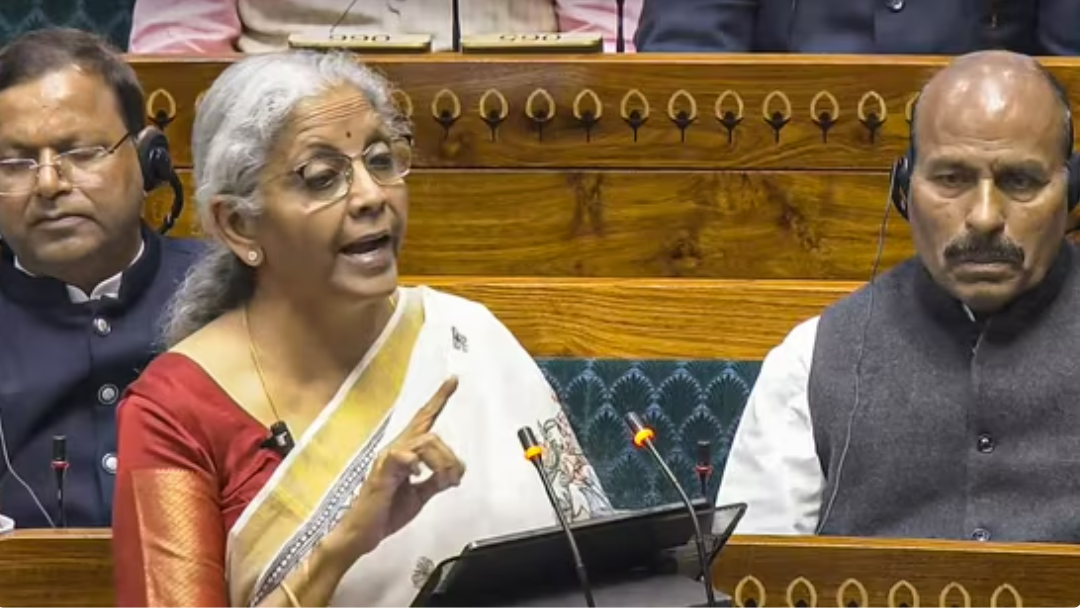Impact of the 2025 Budget on Education in India: An In-Depth Analysis

Introduction
The Union Budget for 2025 in India marks a pivotal moment for the education sector, with a significant emphasis on digital transformation, skill enhancement, and inclusivity. As the country pushes towards its vision of becoming a developed nation by 2047, the budgetary allocations and policy directions for this year are under intense scrutiny. Here's an exhaustive exploration of how the budget might reshape education in India.
Enhanced Funding and Strategic Investments
- Budgetary Allocation: The education sector has seen an increase to ₹1.28 lakh crore, a 6.65% jump from the previous year. This increase is aimed at not just expanding but also improving the quality of education.
- Infrastructure Development: The budget includes provisions for expanding the network of Indian Institutes of Technology (IITs) by five new campuses, aiming to increase India's capacity for higher technical education. This move is intended to address the growing demand for tech-savvy professionals both domestically and globally.
- PM-SHRI and Digital University: The PM Schools for Rising India (PM-SHRI) initiative plans to upgrade 14,500 schools, focusing on digital infrastructure, which is crucial for bridging the digital divide between urban and rural areas. The Digital University's expansion is designed to democratize access to quality education, particularly in remote areas, by leveraging technology.
Digitalization and AI Integration
- AI Centers of Excellence: An investment of ₹500 crores is set aside for three AI Centers of Excellence in education. These centers will focus on research, innovation in teaching methodologies, and the development of AI tools that can personalize learning experiences, from primary to higher education.
- Technological Enhancements: The budget proposes to distribute digital devices in schools and introduce AI assistants for teachers. This not only aims at enhancing teaching efficiency but also at preparing students for a tech-dominated future.
- Revival of National Talent Search Exam: The budget includes plans to bring back and expand the National Talent Search Exam, which had been on a hiatus. This initiative is geared towards early identification and nurturing of talent through a tech-enhanced scouting system.
Affordability and Accessibility Initiatives
- GST Reductions: There's a push to reduce or restructure GST on educational services, which could make education, especially higher education, more affordable. This is particularly crucial for middle and lower-income families.
- Financial Support Systems: There are enhancements proposed for education loans, with tax benefits and subsidies aimed at making higher education more financially accessible. The removal of Tax Collected at Source (TCS) on educational remittances for students taking loans from specified financial institutions is a notable step.
- Scholarships and Funding: The 'Study in India' scholarship program is expected to receive increased funding to attract more international students, positioning India as a global education hub.
Skill Development and Vocational Training
- Skill Alignment with Industry Needs: The budget underscores the importance of aligning education with industry requirements through enhanced industry-academia partnerships. Programs like internships, apprenticeships, and skill enhancement workshops are set to see increased funding.
- Vocational Education Expansion: There's a focus on vocational training, with plans to establish National Centres of Excellence for Skilling, aiming to equip the youth with skills for both domestic and global markets. Sectors like AI, green technology, and advanced manufacturing are particularly highlighted.
- EdTech Support: There are indications of support for EdTech startups through financial incentives, grants, and incubation, recognizing their role in reshaping education delivery.
Challenges and Considerations
- Disparity in Educational Quality: Despite the increased budget, there remains a significant challenge in ensuring uniform quality across different regions. The concurrent list status of education in India's Constitution means that while the central government can allocate funds, implementation heavily relies on state cooperation.
- Public vs. Private Sector Funding: There's an ongoing debate regarding the balance between public and private investment in education. Critics worry that too much emphasis on private institutions could widen educational inequality.
- Teacher Training and Curriculum Reforms: While there are allocations for teacher training, the actual impact will depend on how effectively these programs are implemented. The curriculum must also evolve to keep pace with technological advancements and industry needs.
Public Perception and Future Outlook
- Public Sentiment: The budget has sparked conversations across social media and educational forums, with many educators and students expressing optimism about the technological push but also caution about execution and inclusivity.
- Long-term Impact: The success of these budgetary measures will be judged by their ability to:
- Enhance educational outcomes across all socio-economic groups.
- Reduce the rural-urban educational divide.
- Prepare the workforce for future job markets driven by technology and sustainability.
Conclusion
The 2025 Union Budget for education in India is ambitious, with a clear intent to leverage technology for educational reform. However, the real test lies in implementation, ensuring that these initiatives do not just remain on paper but translate into better educational experiences, improved employability, and inclusive growth. As India continues to navigate its path towards becoming a developed nation, the education sector's transformation will be key to unlocking the potential of its demographic dividend.
- Log in to post comments
